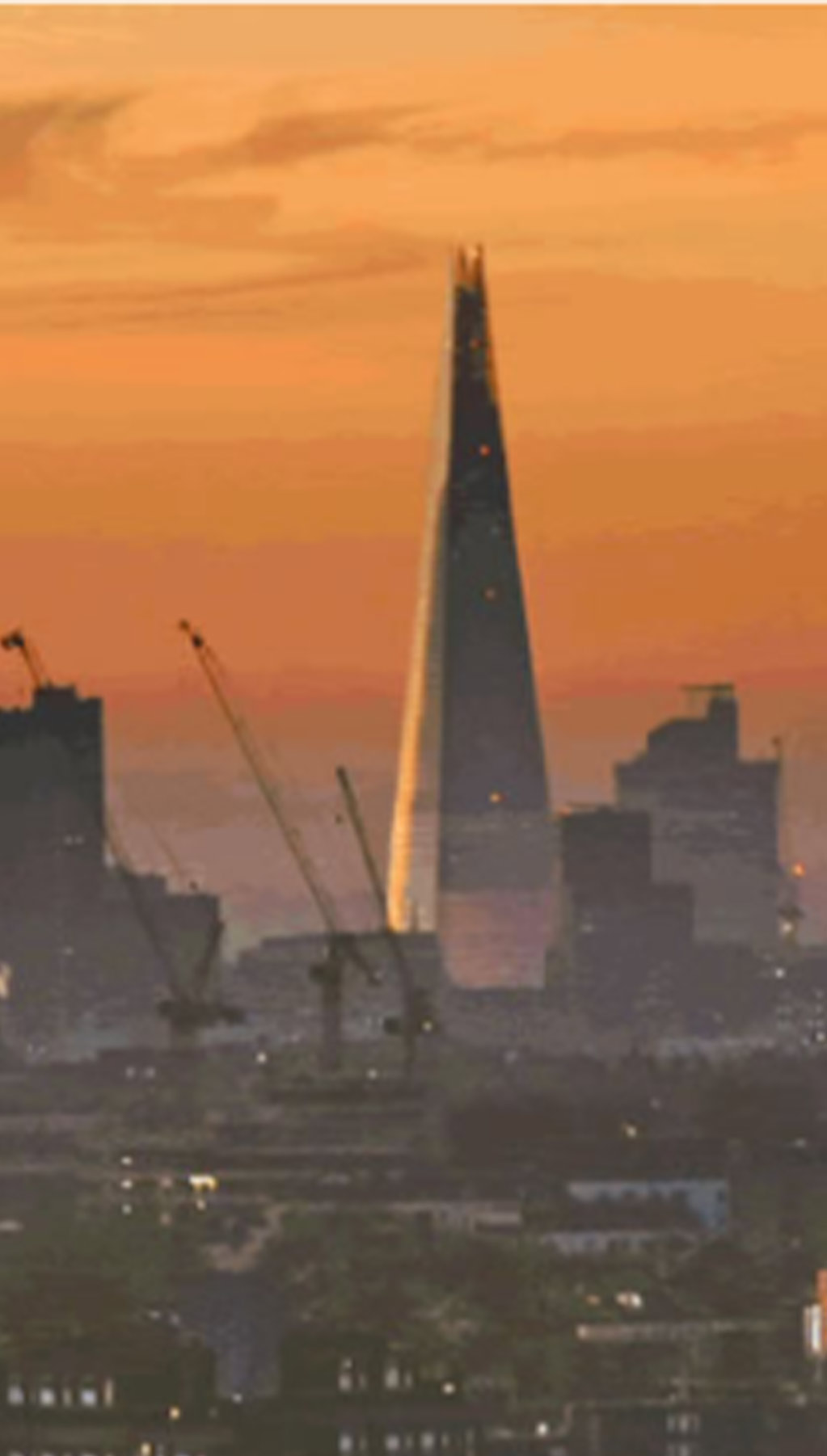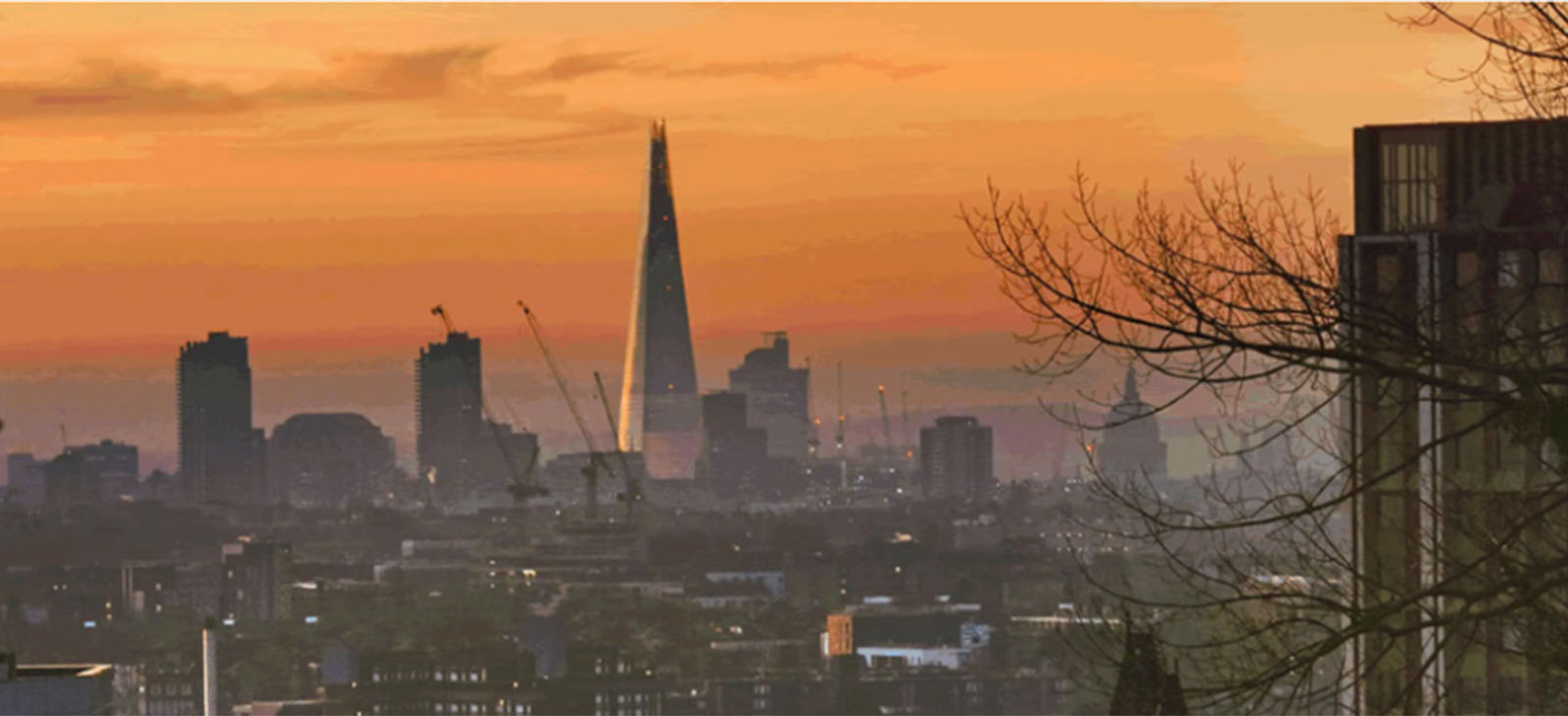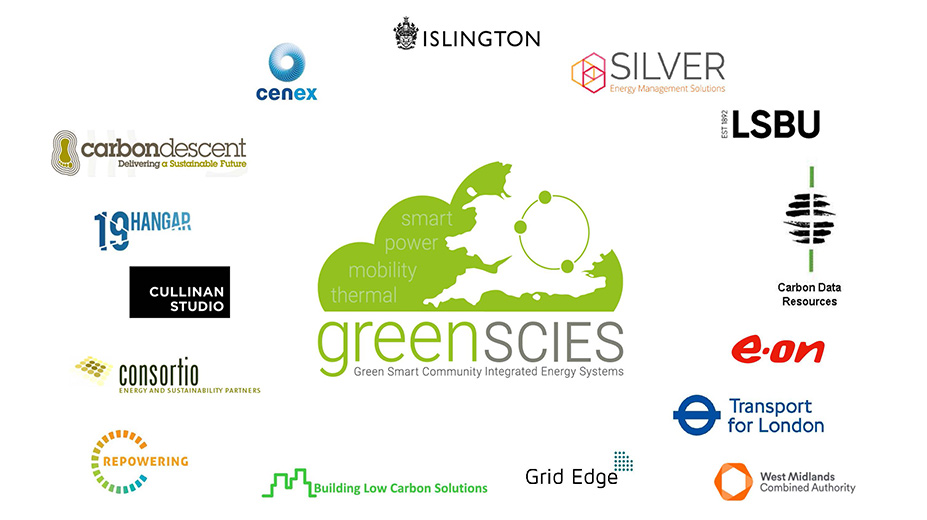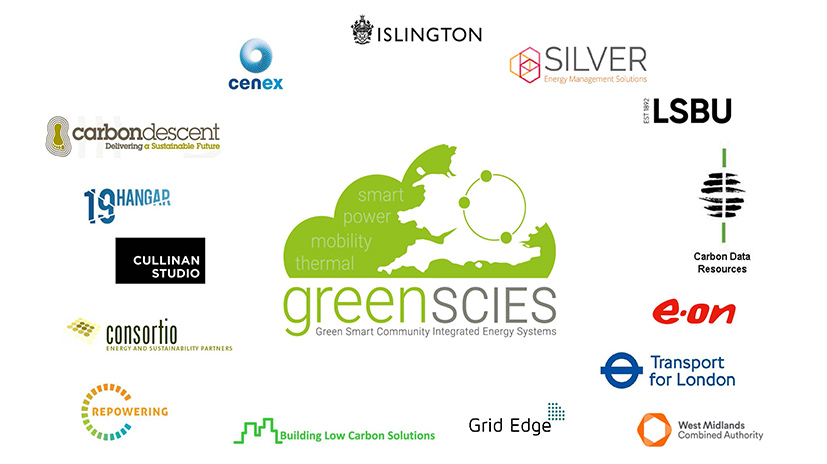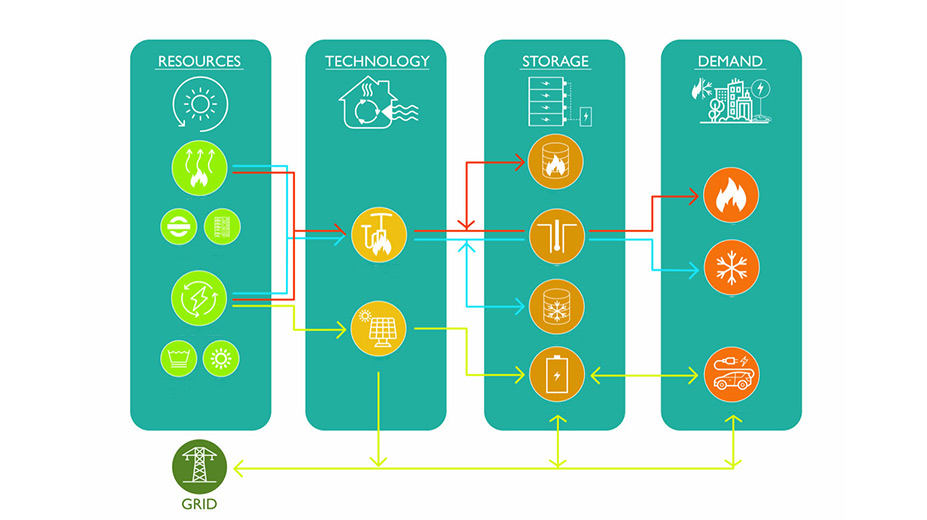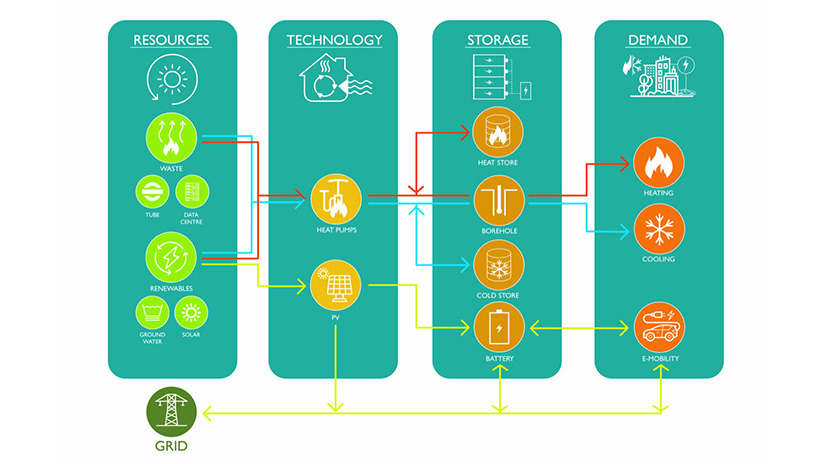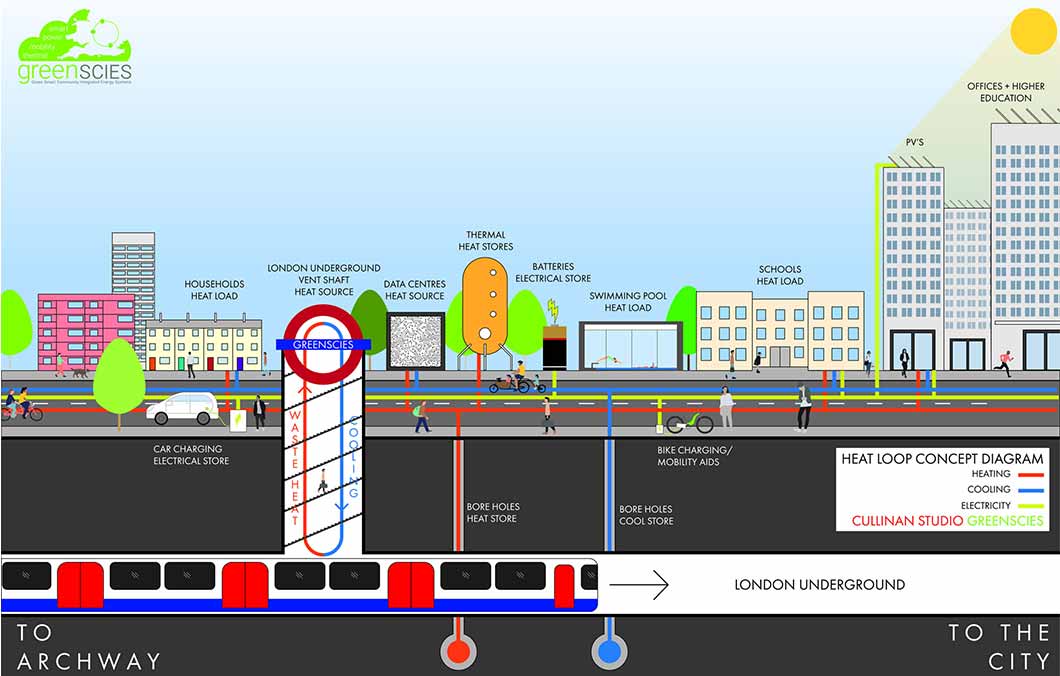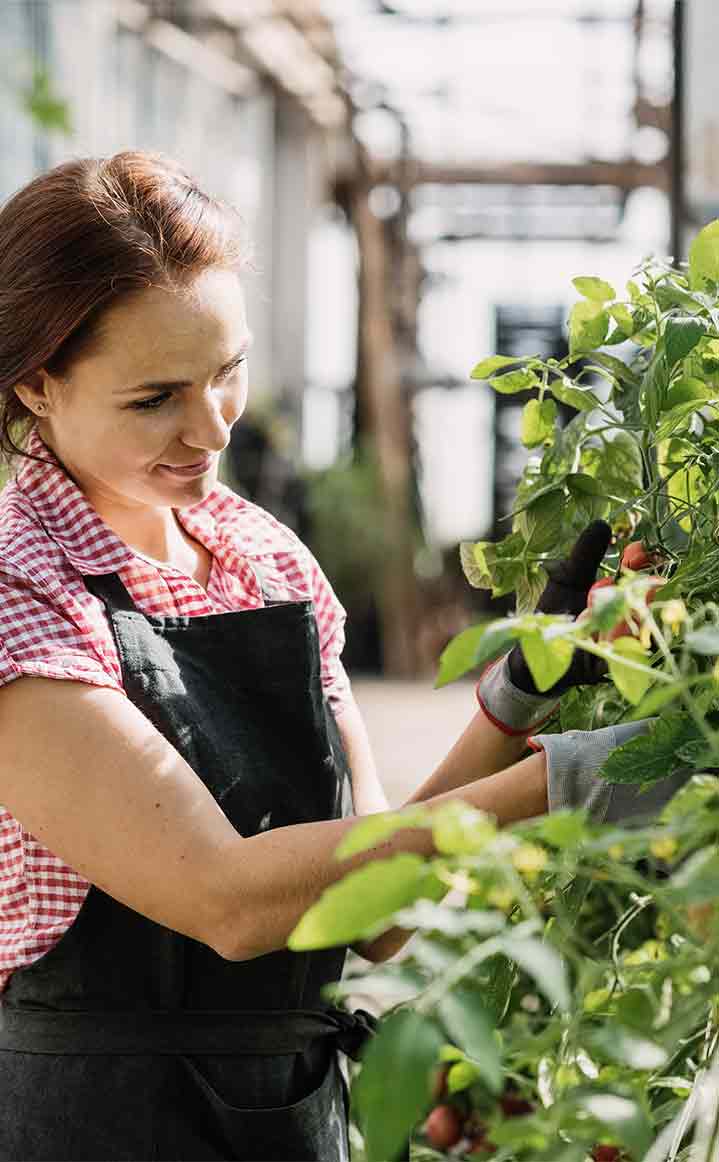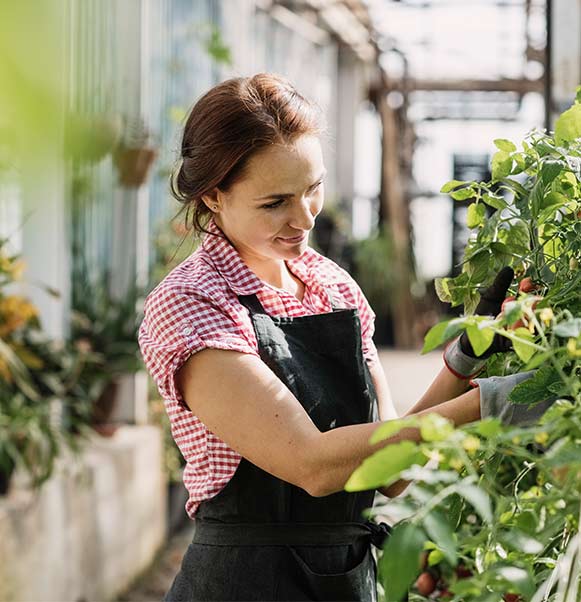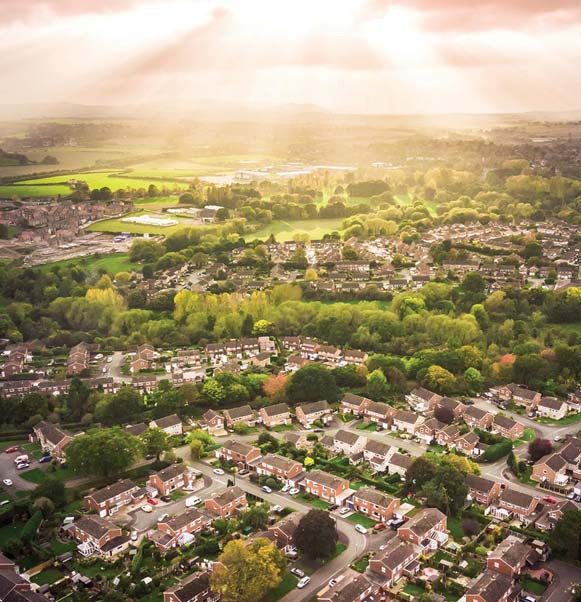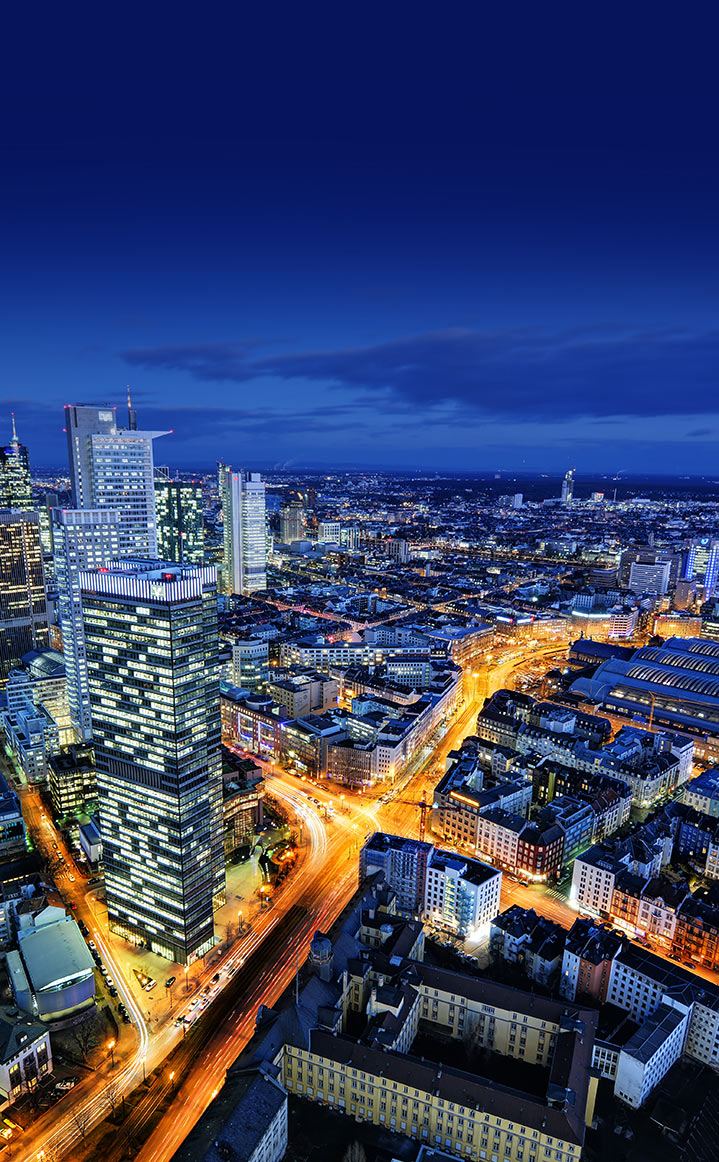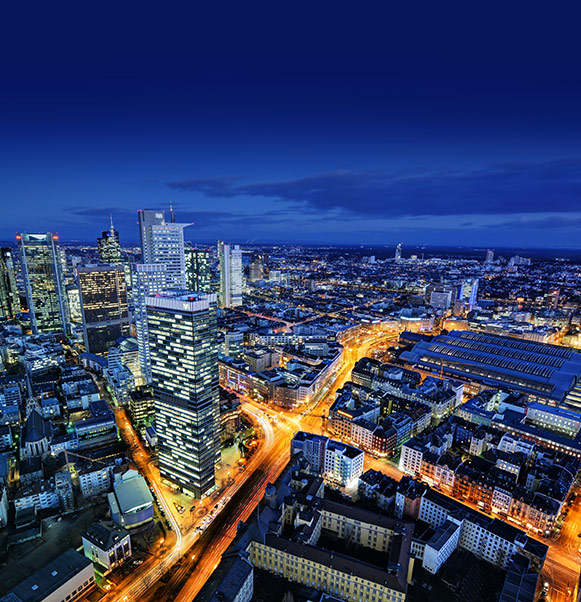Local energy systems like this one will help the UK meet its clean air targets whilst maximising the benefits for the local community. They create social value through alleviation of fuel poverty, creation of local jobs and wider community engagement. They also enable us to avoid future power cuts and help us meet the obligations set out in the fifth carbon budget.
To fight global climate change, we need to improve the way we heat and cool our homes and businesses, power appliances and industry, and fuel our vehicles (e.g. electric cars and bicycles). Low carbon heating and cooling using heat pumps offers significant environmental benefits, and enables us to say goodbye to gas boilers and air-conditioners.
Smart, local energy systems also unlock opportunities to share heat between different buildings in a neighbourhood, and allow us to utilise heat from secondary sources that would otherwise be wasted, such as the London Underground, or renewable energy generators.
